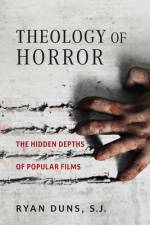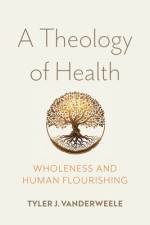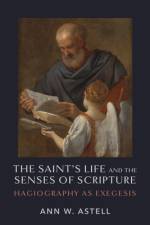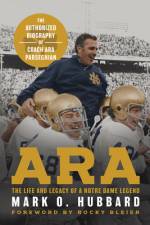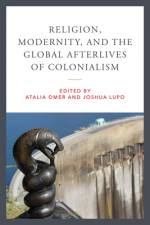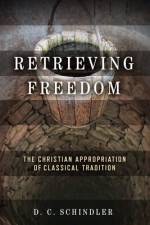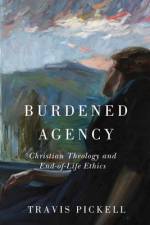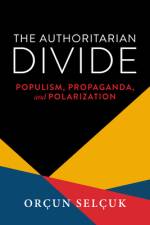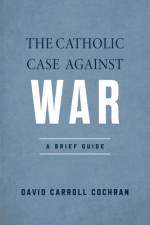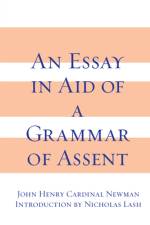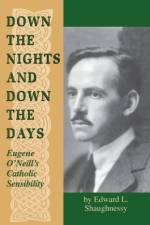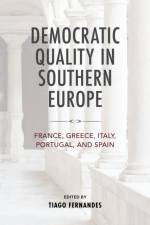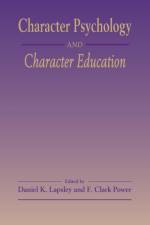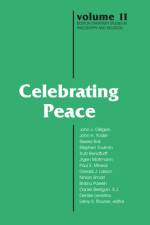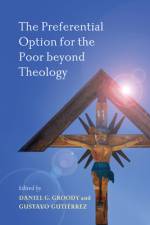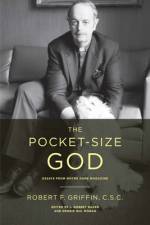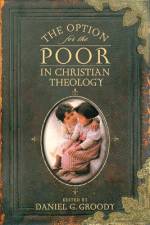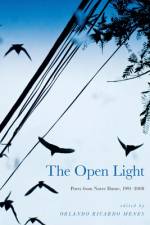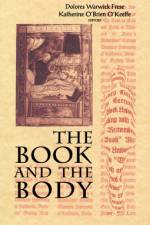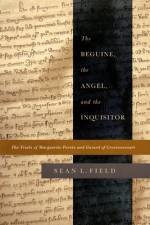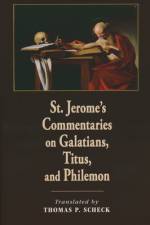- Poets from Notre Dame, 1991-2008
av Orlando Ricardo Menes
1 859
The Open Light: Poets from Notre Dame, 1991-2008 celebrates the distinction and diversity of poets associated with the university during these nearly two decades. This anthology is a companion volume to James Walton's earlier collection, The Space Between: Poets from Notre Dame, 1950-1990. The twenty-four poets represented in The Open Light range from National Endowment for the Arts Award-winner Beth Ann Fennelly, who received her undergraduate degree from Notre Dame, to the Nobel Prize nominee Bei Dao, who taught as a visiting professor at Notre Dame between 2005 and 2007. All have been students at Notre Dame, members of the faculty, or both. Each has published at least one volume of poetry.As evidenced by the founding of Notre Dame's Creative Writing Program in 1991, creative writing has thrived over the years and grown more essential to the intellectual identity and artistic ambitions of the university. Notre Dame's M.F.A. graduates, who have published poetry collections and fiction with both commercial publishers and independent presses, have garnered considerable praise from the literary establishment. In the preface to this anthology, Orlando Ricardo Menes presents a brief historical account of poetry at Notre Dame since 1991, emphasizing the remarkable range of talent and accomplishment of its poets, and the establishment of both The Notre Dame Review and the Ernest Sandeen Poetry Prize. The plethora of voices included in this collection and the poems themselves provide a rich and vibrant legacy of poetry at Notre Dame.Contributors: Francisco Aragón, Robert Archambeau, Bei Dao, Karni Pal Bhati, Kimberly M. Blaeser, Jenny Boully, Jacque Vaught Brogan, Stacy Cartledge, Michael Coffey, Seamus Deane, Joe Francis Doerr, Kevin Ducey, Cornelius Eady, Beth Ann Fennelly, Kevin Hart, Mary Kathleen Hawley, Joyelle McSweeney, Orlando Ricardo Menes, Thomas O'Grady, John Phillip Santos, Michael Smith, Anthony Walton, Henry Weinfield, and John Wilkinson.

